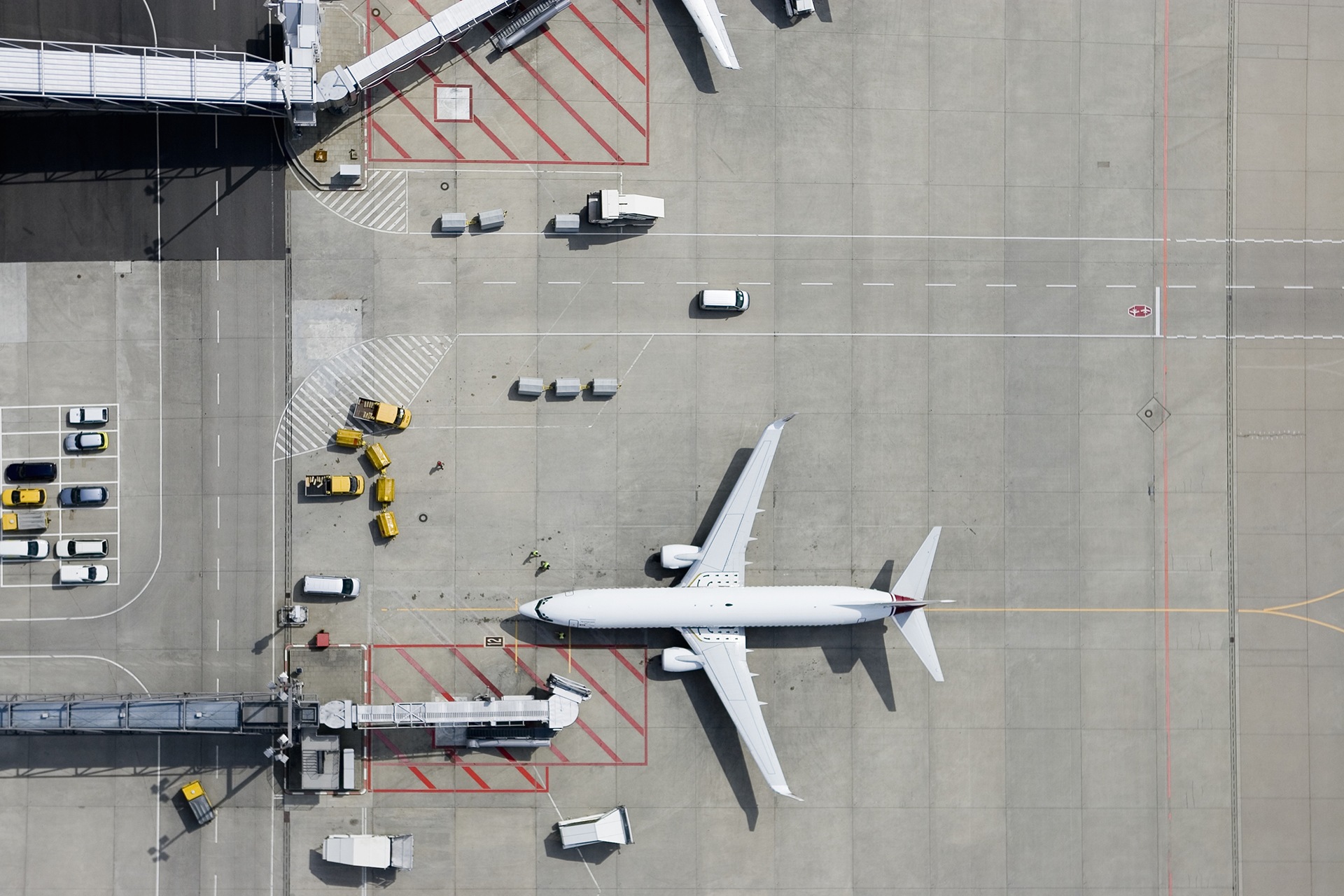With regulators now deciding on the Slot rules for Summer 2022, IATA’s Head, Worldwide Airport Slots, Lara Maughan, details her views on what should happen next in light of the emergence of the Omicron variant and renewed uncertainty.
What does the emergence of Omicron mean for airport slot use?
The knee-jerk snap-back of travel bans, quarantine and testing restrictions, even on a limited basis, will undoubtedly affect traveler confidence and have a knock-on effect on passenger demand.
This situation could unfortunately prove what we feared: without force majeure definitions in place that account for travel restrictions and sudden collapses in demand, it will make it impossible to sustain a high level of slot use this winter. This will mean airlines making decisions about flying that are not demand-driven and therefore environmentally wasteful. It will certainly strain already shaky airline finances as they find government support being withdrawn at the exact moment demand also falters against a far more comprehensive flying schedule planned pre-Omicron.
Rather than have a hopeful end to the year planning for Summer 2022, we’re back managing tactical schedule changes again for this winter and seeking flexibility to manage the impacts. Where that leaves the industry for the summer season starting at the end of March 2022 is unknown. But it certainly sobers everyone’s thinking on where we are in the recovery trajectory. Omicron is unlikely to be the last “variant scare.” And if a similar variant scare happens early next summer, as we saw with Delta, and governments react in the same way, then the implications for travel demand and slot use are obvious.
Regulators could risk connectivity and future networks if they’re not aware of where demand really lies. Some outliers – like the intra-European bounce-back this summer – have given an impression of stronger traffic growth than actually exists globally. The reality is that a lot of international traffic is moribund, especially in Asia. In such circumstances, it is vital that the slot use rules are calibrated to fit demand and give carriers as much flexibility to restore routes where demand exists or preserve them for when recovery makes them viable once again.
So what would be the best solution in your view?
We need to have a sensible conversation with regulators on ensuring that the slot rules are modified in a way that allows for flexibility as we continue efforts to recover. Suggestions that we should return to the 80-20 rule are out of touch with reality. The stakeholders we work with at the Worldwide Airport Slot Board (WASB) are aligned on the need for alleviation next Summer, albeit alleviation at varying levels depending on the market situation. It should be obvious to everyone that this is not a normal, functioning market yet, nor will it be until the coronavirus related restrictions stabilise and allow travel and planning to resume. The expected recovery in international traffic (RPKs) in 2022 will be to just 44% of 2019, but this was prior to Omicron and masks considerable regional differences. Within Europe travel, for example, could rebound to 75% of 2019 levels if restrictions are removed in time. But Asia-Europe volumes will recover to just 23%. I should point out our forecasts were made before Omicron emerged and for now there’s only downward pressure on the outlook.
What would be your tests for a return to 80-20?
The 80-20 slot use rule was designed to operate in a period of stable or growing demand across all markets. It was recognized at the start of the pandemic that this rule was inappropriate for a situation where market demand had collapsed. Restoring the 80-20 rule should therefore only be considered if the market situation meets a number of criteria. Those can be debated, but I would suggest that they could be something like:
-First, restrictions are broadly unchanged for at least a whole aviation season allowing stability and predictability to assist planning and consumer confidence to rebuild.
-Second, at least the key 33 aviation markets collectively responsible for 80% of global passenger demand are open to international visitors with no quarantine or excessive testing requirements for vaccinated passengers.
-And third, COVID-19 cases no longer dictate government policy and restrictions, instead with high vaccination rates and understanding of how to live with this virus, we can return to some sort of consistent planning process again…



